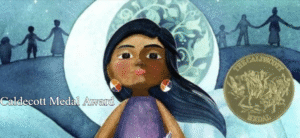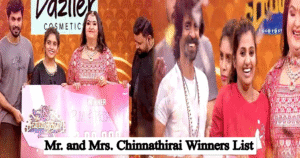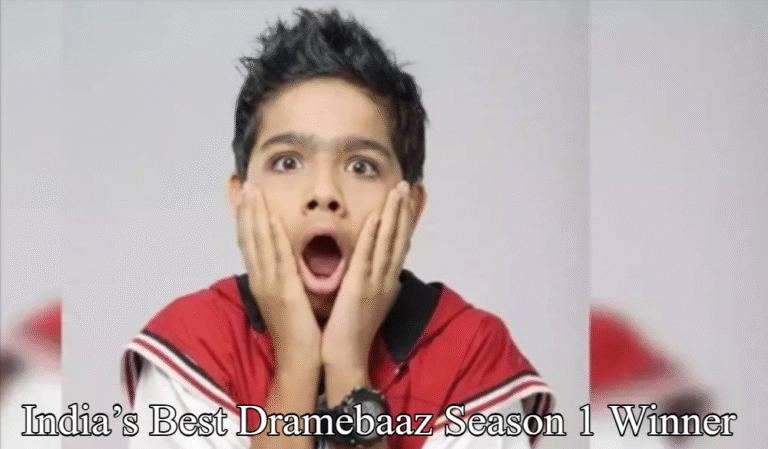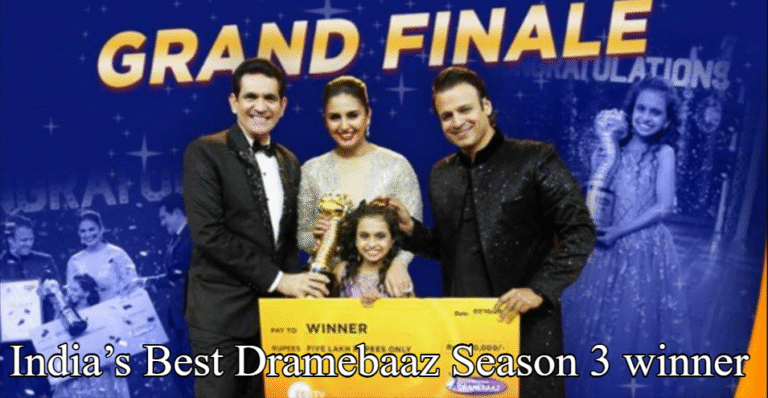Bharatanatyam is a Indian traditional dance form that originated from the Hindu temples in Tamil Nadu in southern India. Bharatanatyam dances are a culture deeply rooted in Indian tradition and history.
In the present, Bharatanatyam is a dance style that incorporates non-religious and religious themes and Fusion styles.
With precise movements that are sharp and precise, as well as an expressive language of the body, this style has captivated audiences for years.
As with different aspects of Indian culture it has been a struggle through periods of oppression. But thanks to the help of students and teachers across the globe, Bharatanatyam has been revived to be a source of entertainment for people who enjoy the expressive and formal style that are embodied by the form of dance.
Bharatanatyam term was created by connecting two Sanskrit words which are ‘Natyam’, meaning dance and ‘Bharata’ meaning dance. Both are an mnemonic that contains the letters ‘Bha’ (bhava/emotions), ‘Ra’ (raga/melody), and the word ‘Ta’ (tala/rhythm). This is why the word Bharatanatyam refers to an expression of Bhava, Raga, and Tala.
History of Bharatanatyam
The story of Bharatanatyam is a testimony to the adaptability and resilience of this form of art. Bharatanatyam was derived from the scriptures of Natya Shastra and grew roots in temples, with the aim to deepen the spiritual experience. From its sacred roots in temple ceremonies to its return as a cherished classical performance, Bharatanatyam continues to enchant audiences by its beauty, grace and a profound story. It is a vital part of India’s culture that embodies the rich culture in the artistic expressions and traditions of the country.
Ancient
The basic structure of Bharatanatyam is called ‘Sadir which traces its roots back to the text that laid the foundations of expressive art, Natya Shastra. Legends about Lord Brahma confirm his role as the originator of Bharatanatyam which he performed the dance for the sage Bharata who then created the dance form in the Natya Shastra. The method of performing the Bharatanatyam style began within South Indian temples, where Devadasi (dancers committed service to the Lord serving as his servants) performed the dance with spoken worship. The date goes back to the 300 years BCE This was the first method of performing Bharatanatyam.
Medieval
The practice grew in popularity across South India. A number of temples are decorated with images depicting the Lord Shiva in Bharatanatyam postures. The gopuram in the eastern part in the Thillai Natarajar Temple, dedicated to Lord Shiva is decorated with statues depicting 108 Bharatanatyam poses which are cut into rectangular panels. In addition, in the cave 1, one in the Karnataka’s Badami cave temples The Lord Shiva is depicted in a 5 feet tall statue as Nataraja who is posing the Tandava dance. The sculpture features all 18 arms that Shiva that are expressing the mudras (hand gestures) which are used in the schools of Bharatanatyam.
Modern
When the first British colonial rule colonists considered their view of the Devadasis from South India as disgraceful, conflating the study-intensive and powerful Bharatanatyam tradition to the work of courtesans. They imposed a ban on various classical Indian arts, thereby end of the tradition to perform worship Bharatanatyam performances.
It didn’t take long before the classical art revivalists started working together to revive dance as an art. Lawyer activist, activist, as well as a classical painter E. Krishna Iyer became involved in the struggle to revive this old-fashioned dance form until he was arrested on the charge of nationalism. He was later convicted and was sentenced to prison. In prison, Iyer was a vocal advocate for the revival of Bharatanatyam dance along with theosophist and choreographer Rukmini Devi Arundale. The two established Madras Music Academy. Madras Music Academy where they collaborated with the community in order to help save Bharatanatyam dance, as well as other art forms that are traditional.
The adored style of classical dance was gaining popularity as more students began to take up the practice. Today Bharatanatyam dance is a popular form of dancing. Bharatanatyam dance is widely performed and celebrated throughout India and internationally, and is regarded to be among the more popular Indian dances.
Bharatanatyam Techniques and principles
Bharatanatyam dance is split into three distinct divisions: Nritta, Nritya and Natya.
Nritta Nritta: The technical component of the show in which the dancer is performing pure Bharata Natyam moves with special focus on patterns, speed and form, as well as range, and rhythm, but without the inclusion of any interpretational elements.
Nritya the part of the dance where the dancer incorporates spiritual ideas, feelings or expressive gestures. To communicate the Nritya movement, body moves and gestures are usually more slow and are synchronized to the notes of the piece.
Natya The performance is performed with dancers who are performing specific body movements specific to characters, which are communicated using interpretive dance.
Bharatanatyam Dress
The Bharatanatyam dress that is worn by Bharatanatyam dancers is usually dressed in robes that are intricately tailored saris. On the front, the sari decorated with a special pleated fabric which opens with a fan-like design when a dancer bends her knees, or performs more elaborate footwork. The dancer will typically wear straps of leather (called Ghunghru) on her ankles to ensure that the audience can hear as well as observe, the movements of her feet.
The dancer enhances her facial expressions as well as head movements using jewelry, which includes pieces of the nose, head the ear, neck, and head. A lot of makeup is applied to the face of a dancer in order to ensure the public has a clear of her movements and the hair is typically arranged in a neat, tidy plait and adorned with flowers or jewelry. The toes and fingers are lighted with red henna to emphasise the movements of her hands.
Bharatanatyam Performance
The Bharatanatyam dance show is made up of six parts including Alarippu Jathiswaram, Shabdam, Varnam, Padam, and Tillana.
Alarippu The Tamil word which means “to bloom”. Alarippu is the first part of a performance. It consists of a sequence of dance moves that are set to beat. It is usually viewed as a warm-up exercise for the dancer in preparation for the coming hours of dance.
Jathiswaram In this dance portion, moves become more complicated. Although they do not have any significance at this point, dancers execute extremely skilled and well-practiced positions that lead into the next stage.
Shabdam It is the part of dance that may include both Nritta along with Abhinaya and will typically contain elements that honor Lord Krishna.
Varnam Varnam may be the largest and most difficult part of the show and usually takes between 45 minutes and an hour. The majority of this section depicts the beauty, splendor as well as spiritually poignant settings.
Padam Padams can be described as abhinaya parts, usually slower, and arranged to convey the complex feelings and emotions that accompany the piece of music.
Tillana An Nritta element consisting of graceful moves with sculptured postures. The majority of this segment is a fast-paced tempo that spellbinds the crowd.
Top Famous Bharatanatyam Dancers
A few of the most well-known Bharatanatyam dancers include:
– Alarmel Valli
– Anita Ratnam
– Balasarswati
– Dr. Rekha Raju
– Dr. Preeti (From Vijayalakshmi Academy of Arts)
– Greeshma Rajan
– Mala Prashanna (From Vijayalakshmi Academy of Arts)
– Mallika Sarabhai
– Meenakshi Sundaram Pillai
– Mrinalini Sarabhai
– Padma Subramanyam
– Parijat Naik
– Rukmini Devi
– Veena Chikkanahalli Seshadri
– Yamini Krishnamurthy
– Vijayalakshmi Academy of Arts













